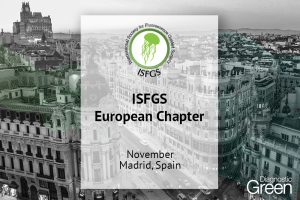Fluorescence-based imaging has found application in several fields of elective surgery, but there is still a lack of evidence in the literature about its use in the emergency setting. Clinical trials have consistently shown that indocyanine green (ICG)-guided surgery can dramatically reduce the risk of postoperative complications, length of in-hospital stay and total healthcare costs in the elective setting. It is well-known that emergency surgery has a higher complication rate than its elective counterpart, therefore an impelling need for research studies to explore, validate and develop this issue has been highlighted.
The present editorial aims to provide a critical overview of currently available applications and pitfalls of ICG fluorescence in abdominal emergencies. Furthermore, we evidenced how the experience of ICG-fluorescence in elective surgery might be of great help in implementing its use in acute situations. In the first paragraph we analyzed the tips and tricks of ICG-guided cancer surgery that might be exploited in acute cases. We then deepened the two most described topics in ICG-guided emergency surgery: Acute cholecystitis and intestinal ischemia, focusing on both the advantages and limitations of green-fluorescence application in these two fields.
In emergency situations, ICG fluorescence demonstrates a promising role in preventing undue intestinal resections or their entity, facilitating the detection of intestinal ischemic zones, identifying biliary tree anatomy, reducing post-operative complications, and mitigating high mortality rates. The need to improve its application still exists, therefore we strongly believe that the elective and routinary use of the dye is the best way to acquire the necessary skills for emergency procedures.




